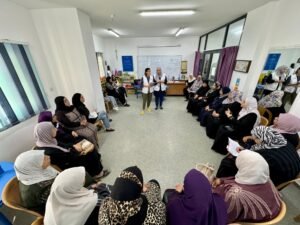Completion rate of Safwa-Ras Tanura Bridge construction reaches 88%

The Saudi Roads General Authority (RGA) announced that it has achieved remarkable progress with a completion rate of 88 percent in the construction of the 3.2 km Safwa-Ras Tanura Bridge project in the Eastern Province.
The landmark project includes a land bridge and sea bridge with a link road. It is the second largest dual carriageway sea bridge in the Kingdom, and adds a new entrance and exit to Ras Tanura Governorate. The project contributes to reducing the distance between Ras Tanura, Dammam and Qatif, in addition to linking it directly to King Fahd International Airport. The project started implementing in 2020 and is expected to be completed by June 2025.
The project includes a sea bridge, land bridge and road area. The Safwa – Rahima Sea Bridge would have a length of 702 LM and 20 meter width dual carriageway with 18 spans, being constructed around 14 meters above sea bed level. The road bridge would have 320 LM length and 16.5 meter width dual carriageway with 11 spans. Once completion, the link road would have a length of 14 km.
This project comes within the framework of the RGA’s efforts to enhance connectivity between cities and governorates, and facilitate the movement of individuals and goods between different regions of the Kingdom, which enhances the Kingdom’s position as a global logistics center.
The authority stated that the project includes implementing a set of asphalt works, and establishing 15 water drainage channels in Safwa Governorate and nine water drainage channels in Ras Tanura Governorate. “The project will contribute to facilitating movement between regions, in line with the objectives of the Roads Sector Strategy, and will also contribute to activating tourism by facilitating access to various tourist destinations in the Eastern Province,” the RGA said in a statement.
The authority noted that it took into account the highest standards of quality and safety in implementing the project, by undertaking many works such as signboards, floor paints, ground markings, warning vibrations, and concrete barriers as these works aimed to raise the level of safety on the road, and keep pace with the increasing demand for the road network to ensure smooth traffic flow.
The authority confirmed the continuation of implementing many vital projects and initiatives to upgrade the roads sector, to achieve the objectives of the roads sector strategy to reach the sixth classification in the Global Road Quality Index by 2030. The strategy also aims to reduce road deaths to less than five cases per 100,000 people, cover the road network with traffic safety factors according to the classification of the International Road Assessment Program (IRAP), and maintain an advanced level of services to the level of the road network’s capacity.






